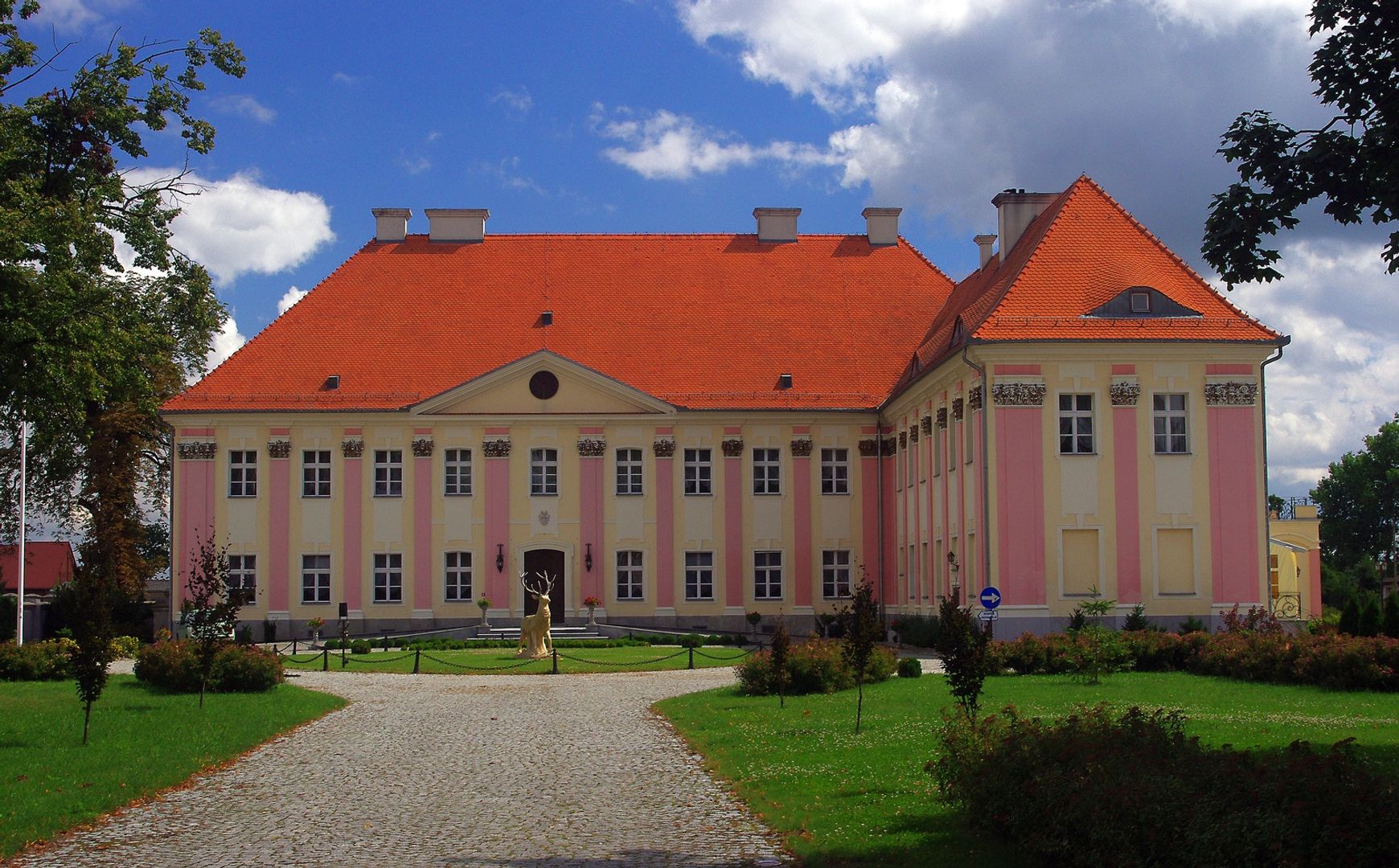Trzebosz Palace
6.95

Overview
The Trzebosz Palace is a historic monument located in Trzebosz, in the Rawicz district. It was first built for Julius August von Bothmer between 1712 and 1714, and later thoroughly rebuilt from 1857 to 1860 on the orders of Karl von Königsdorf. The renovation included both the interior layout and the preservation of the Baroque facade, while a chapel for von Königsdorf's Catholic wife was constructed in the newly added wing. After the death of Ferdinand von Königsdorff, a sculpture of a deer was placed in front of the palace, which went missing during World War II. The building featured a hunting hall with a polychrome ceiling depicting hunting scenes, and the palace was primarily used for hunting purposes. In 1923, the estate was purchased by Count Zygmunt Czarnecki, and after 1945, it became state property, serving as a residential building for employees of the State Agricultural Farm (PGR). In 1992, it was taken over by the Agricultural Property Agency of the State Treasury, and in 2008, it was acquired by the Frankiewicz family, who renovated it and transformed it into a training and conference center. In 2014, the granary was modernized and converted into a lecture hall, and a mini zoo was established on the palace grounds. Architecturally, the palace is two stories high and consists of two wings: a grand main wing and a shorter one perpendicular to it. The main entrance is adorned with a triangular pediment and the von Königsdorff coat of arms. The palace façades are distinguished by pilasters, and the roofs are hipped. Legends associated with the palace speak of a buried treasure believed to have belonged to General Johann Matthias von der Schulenburg, adding an intriguing element to the local culture and history.
Location
2025 Wizytor | All Rights Reserved